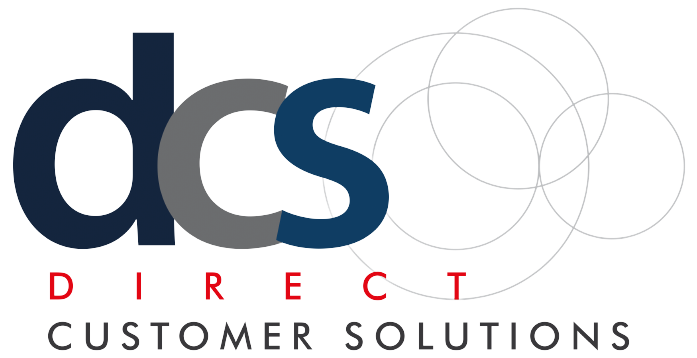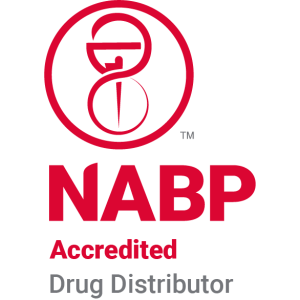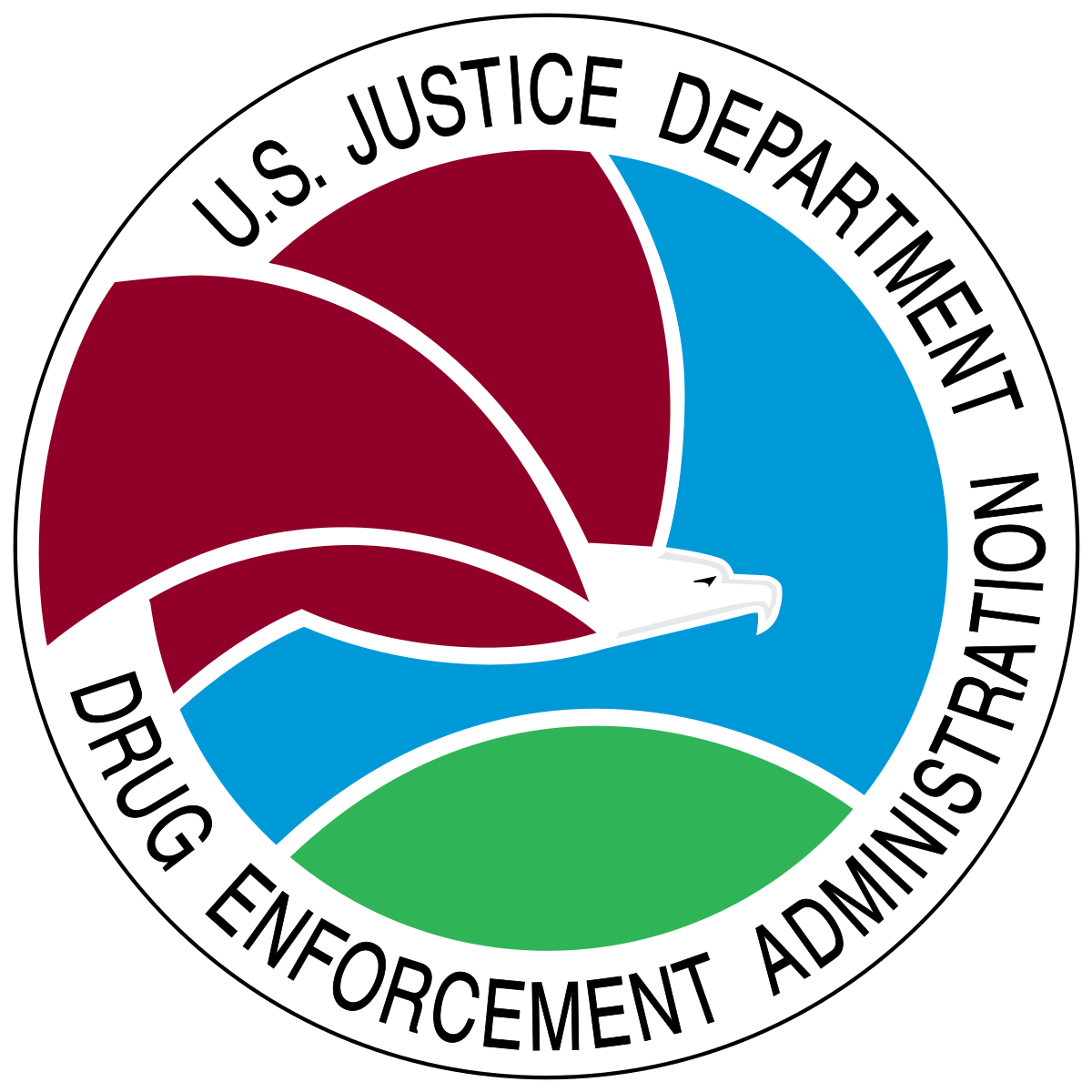What is DSCSA?
- DSCSA, or Drug Supply Chain Security Act is a federal law that will go into effect on August 27, 2025. The law enhances the unit level tracing capabilities through inbound receiving, outbound sending, and return transaction information at the distribution level for pharmaceuticals.
- DSCSA helps prevent the introduction of counterfeit pharmaceuticals and enables enhanced tracking of product from the manufacturer to the patient by container size, transaction date, number of containers, lot number, expiration dates, serial numbers and name and addresses of previous and subsequent owners of the product.
How is Direct Customer Solutions handling DSCSA?
- DCS has implemented systems and processes for all aspects of the DSCSA covered supply chain. This includes, but is not limited to, collecting and validating inbound serial data for all products received to capturing all required information during the order process, and providing the required information to customers in order to help ensure DSCSA compliancy.
How do customers get setup for DCSCA with Direct Customer Solutions?
- To be compliant with DSCSA and begin the onboarding process with DCS, you must obtain a GLN. This Global Location Number is a unique number for every customer's location. Additional information can be found in the GLN section below.
- You must register an account through our e-commerce portal in order for DCS to ship. This will require you to provide required address information for each location and its associated GLN.
- An instructional document is available.
What is a GLN?
- Powered by GS1 Standards, the Global Location Number (GLN) provides businesses the ability to know who is involved in transactions and where things are located throughout the supply chain. By uniquely identifying parties and locations, the GLN helps with tracking products, optimizing processes, and providing greater visibility to shipments moving through the supply chain.
Why is a GLN important?
- DSCSA requires the use of international standards as defined by GS1. The GLN (Global Location Number)
identifies unique locations by assigning a unique 13-digit numeric code to each location.
- Direct Customer Solutions cannot send information on the product without the standardized GLN for identification.
- Direct Customer Solutions cannot complete the EPCIS file (Data file that contains serialized product shipment details for DSCSA covered items and represents the transfer of ownership of materials included in the shipment) for your order without it.
- Without a GLN, you will be out of compliance with the DSCSA federal regulation in 2024 and Direct Customer Solutions will not be able to transact business with you.
Who is required to have a GLN?
- This GLN requirement is for all customers within the supply chain, regardless of where product is purchased. Every location that receives or dispenses product from any distributor will require a GLN. This includes secondary accounts that do business with us and all customers regardless of size.
How do you obtain a GLN?
- To obtain a GLN, please visit Get a Global Location Number (GLN) (gs1us.org). After you complete the checkout process, you will receive a welcome email from GS1 US. It will include all the information you need to get started, including access to myGS1 US- your online member center to view your GLN.
- Additional Resources
What is an SGLN?
- A Serialized Global Location Number (SGLN) is a unique identifier to a physical location, such as a specific
building or bin within a warehouse. The GLN is a GS1 format; the SGLN is an EPC format and is represented
in Uniform Resource Identifier format, for example:
- GLN - 0860000397902
- SGLN - urn:epc:id:sgln:08600003979.0.0
What is a Company Prefix?
- A Company Prefix is an additional license like a GLN. Purchasing a Company Prefix will ensure all your GLN’s share a similar prefix and are more easily identified. It is best practice to purchase a Company Prefix if you have multiple locations you need to assign GLN’s to. This will ensure all GLN’s are associated with the same parent company. This can be purchased from the GS1 site as well.
What is EPCIS?
- EPCIS (Electronic Product Code Information Services) serialization is the DSCSA requirement and GS1 standard for tracking and tracing products throughout the supply chain.
What is the purpose of an EPCIS file?
- It is the electronic, interoperable data exchange method for serialized data.
What is required regarding an EPCIS file?
- To be compliant with DSCSA, you only need to be able to access an EPCIS file when required. EPCIS files for each order will be available for customers through our E-Commerce portals. For more information see the 'Our Capabilities' section.
Customer Onboarding
- Account Creation
- Creating your DSCSA compliant customer account is a simple process. When creating an account, there will be three mandatory fields to complete. These items include the GLN and SGLN for the parent company and each location needed, as well as your GS1 Company Prefix. If you did not specifically purchase a GS1 Company Prefix, this information can still be found as part of your GLN. For more information regarding these items, please see the sections above.
- Account Management
- Once your account has been created, your DSCSA information will be uploaded into our systems and order placement can begin. Additional shipping locations can be added at any time, as long as the DSCSA required information is available and provided. If any GLN information is changed or updated for a specific location, please contact us and we will work with you to update that accordingly.
Order Processing
- Order Placement
- No additional steps or information is required to place an order once DSCSA has been implemented.
- Order Shipping
- Once an order has been released for fulfillment, all required serial data will be captured during the process. This information will be translated into the DSCSA compliant EPCIS file.
Order Completion
- EPCIS File Retrieval
- Once the order has shipped, the EPCIS file will be made available through the E-Commerce portal. This file can be found as a link listed under the 'Order Details' within the Order Page for that particular order. Selecting the link will download the file for that order.
As indicated below, the Act imposes requirements on manufacturers, wholesaler drug distributors, repackagers and dispensers to verify that all pharmaceutical products are legitimate, utilizing identification and tracking procedures as well as maintaining systems that recognize and report suspect products.
If you would like to view the complete DSCSA documents, it can be found on the FDA website. The FDA web page outlines critical steps to build an electronic, interoperable system to identify and trace certain prescription drugs as they are distributed in the U.S.
Ten years after enactment, the system will facilitate the exchange of information at the individual package level about where a drug has been in the supply chain. The new system will:
- Enable verification of the legitimacy of the drug product identifier down to the package level
- Enhance detection and notification of illegitimate products in the drug supply chain, and
- Facilitate more efficient recalls of drug products
Drug manufacturers, wholesale drug distributors, repackagers, and many dispensers (primarily pharmacies) will be called upon to work in cooperation with FDA to develop the new system during this 10-year period which started in 2013.
Among key provisions that will be implemented over this 10-year period are requirements for:
- Product Identification: Manufacturers and repackagers to put a unique product identifier on certain prescription drug packages, for example, using a bar code that can be easily read electronically.
- Product Tracing: Manufacturers, wholesaler drug distributors, repackagers, and many dispensers (primarily pharmacies) in the drug supply chain to provide information about a drug and who handled it each time it is sold in the U.S. markets.
- Product Verification: Manufacturers, wholesaler drug distributors, repackagers, and many dispensers (primarily pharmacies) to establish systems and processes to be able to verify the product identifier on certain prescription drug packages.
- Detection and Response: Manufacturers, wholesaler drug distributors, repackagers, and many dispensers (primarily pharmacies) to quarantine and promptly investigate a drug that has been identified as suspect, meaning that it may be counterfeit, unapproved, or potentially dangerous.
- Notification: Manufacturers, wholesaler drug distributors, repackagers, and many dispensers (primarily pharmacies) to establish systems and processes to notify FDA and other stakeholders if an illegitimate drug is found.
- Wholesaler Licensing: Wholesale drug distributors to report their licensing status and contact information to FDA. This information will then be made available in a public database.
- Third-party Logistics Provider Licensing: Third-party logistic providers, those who provide storage and logistical operations related to drug distribution, to obtain a state or federal license.
The law requires FDA to develop standards, guidance documents, and pilot programs and to conduct public meetings, in addition to other efforts necessary to support efficient and effective implementation. FDA is developing a schedule for implementing the law’s requirements. This system will enhance the FDA’s ability to help protect consumers from exposure to drugs that may be counterfeit, stolen, contaminated, or otherwise harmful. The system will improve detection and removal of potentially dangerous drugs from the drug supply chain to protect U.S. consumers. Failure to comply with the requirements of the law can result in penalties.




